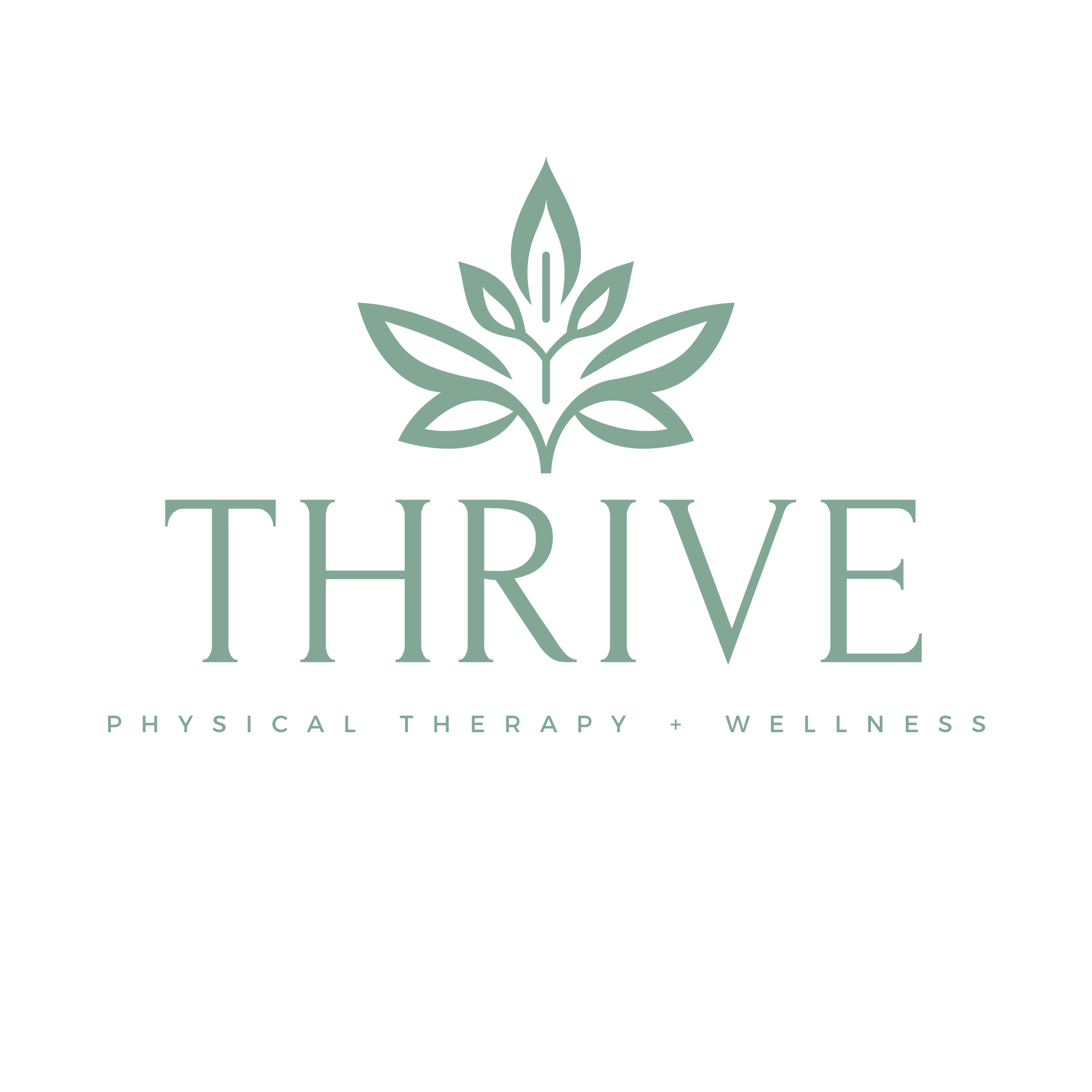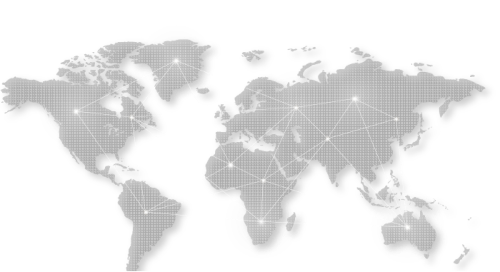
You’re dizzy, foggy, maybe a little irritable. Bright lights sting your eyes. You can’t remember what you walked into the room for. Someone says the word “concussion,” and you nod—slowly, because sudden movement makes the room sway like a boat. And now, the question echoes: How long until I feel like myself again?
That question doesn’t have a one-size-fits-all answer, and that’s okay. Healing from a concussion is personal. It’s not about punching a clock; it’s about listening to your brain, respecting your body, and getting the right guidance along the way. At Thrive Physical Therapy, healing isn’t just a clinical checklist—it’s a tailored journey back to clarity, balance, and resilience.
Understanding What a Concussion Really Is
Before we dive into the healing timeline, it’s worth understanding what’s actually happening up there in your head. A concussion isn’t just a bump on the noggin or a brief blackout. It’s a mild traumatic brain injury. The word “mild” can be misleading—yes, it’s not as severe as other forms of brain trauma, but that doesn’t make the effects any less real or less disruptive.
When your brain shifts or twists inside your skull—often due to a fall, car accident, sports injury, or sudden jolt—it triggers a complex cascade of chemical and cellular changes. Think of it like a snow globe being shaken. Everything inside is still intact, but it’s swirling in confusion.
Those snowflakes? That’s your brain’s ability to focus, balance, remember, and regulate mood. Until everything settles again, life might feel scattered and strange.
The Foggy Middle: Why Recovery Feels Uncertain
Recovery from a concussion doesn’t follow a strict roadmap. That can be one of the most frustrating parts—especially when symptoms feel invisible to others. You might look “fine” on the outside, but inside, it’s a different story. Headaches creep in. Memory slips up. You can’t keep up at work, or you find yourself snapping at loved ones.
Here’s where Thrive Physical Therapy brings a refreshing clarity. At Thrive, healing isn’t left up to chance. Every patient undergoes a comprehensive evaluation, designed to pinpoint the specific systems affected by the concussion—whether it’s the vestibular (balance) system, ocular function, cognitive processing, or a combination of all three. Because truthfully, concussion symptoms are multi-dimensional, and recovery hinges on addressing each layer with precision.
So, how long does it take to heal the brain? It depends. And that’s not a cop-out. That’s honesty.
Acute Phase: The First Few Days
Let’s start from the beginning. The first 24 to 72 hours post-concussion are about absolute rest—physical and cognitive. No screens. No loud music. No deep conversations. Your brain needs quiet time, like a dim room after a thunderstorm.
But here’s something many people don’t realize: prolonged complete rest isn’t the answer. After a few days, gentle reintroduction of activity—under professional supervision—is actually beneficial. That’s a major point of emphasis at Thrive. The therapists here are trained to recognize that delicate balance between pushing too hard and not enough.
This stage can be deceptive. You might feel okay one minute and knocked flat the next. Don’t let that lull you into ignoring therapy. The brain is sneaky during this window, and pushing through symptoms can delay healing or, worse, increase the risk of a second concussion.
Sub-Acute Phase: Weeks 1 to 3
This is where things get interesting—and individualized. While many people start to feel improvement within 7 to 10 days, lingering symptoms like fatigue, light sensitivity, brain fog, or dizziness can persist. That’s where Thrive’s approach stands apart.
Rather than adopting a generic “wait-and-see” mentality, Thrive focuses on active recovery. If your vestibular system is off, therapy may include balance retraining. If your vision is contributing to symptoms, ocular-motor exercises can help stabilize your focus and reduce eye strain. If your cognitive energy dips midday, graded activity plans ensure your brain builds endurance without being overwhelmed.
Every brain heals at its own pace. Some patients feel nearly back to normal within two weeks. Others, especially those with a history of previous concussions, migraines, or anxiety, may need a more extended timeline.
And that’s okay. Healing is not linear, and at Thrive, that’s deeply understood.

Post-Concussive Syndrome: Beyond the 3-Week Mark
When symptoms linger past three to four weeks, you may be dealing with post-concussive syndrome (PCS). It’s a term that can sound intimidating, but it doesn’t mean your brain is broken. It means it needs more time, more attention, and more specialized care.
PCS is more common than people think, and it doesn’t mean you’re failing at recovery. It could mean there are unresolved dysfunctions in the vestibular or visual systems. It could also reflect your brain’s reaction to stress or your body’s inflammatory response.
At this stage, Thrive’s targeted therapies can truly make the difference. Instead of passive recovery, the team integrates active neurocognitive rehab, guided movement, and precise vestibular recalibration. They also provide education to help patients understand their symptoms—because when you understand what your brain is doing, you feel less at war with it.
Sleep disruption? Thrive therapists address that. Irritability or mood changes? You’re not imagining things—therapy incorporates strategies to stabilize emotional regulation too. And when necessary, Thrive collaborates with neurologists, psychologists, and other specialists to ensure you’re supported from every angle.
Returning to Normal Life: A Graduated Process
Getting back to your regular life—work, school, exercise, even driving—should happen gradually, and it should always be symptom-informed. Thrive’s therapists don’t just say “go for it” and hope for the best. They use objective measures to assess readiness.
Can your eyes track efficiently without triggering headaches? Is your balance solid enough for driving or playing sports? Are your cognitive loads sustainable throughout the day without crashing into exhaustion?
These are questions Thrive answers with both data and empathy. Because returning too soon—especially in high-stakes environments like contact sports or fast-paced jobs—can risk re-injury and set your progress back.
So, how long until you’re back to normal? For some, it’s a few weeks. For others, it could take several months. But with guided, structured therapy—especially from a clinic that truly understands concussion recovery—it doesn’t have to be a guessing game.
The Thrive Philosophy: Healing With Purpose
One of the most refreshing things about Thrive Physical Therapy is how they reframe recovery. They don’t see your concussion as a mere condition to manage, but as a temporary imbalance to correct with the right tools.
Their therapists dig deep—not just into symptoms, but into lifestyle, personality, and long-term goals. Because healing isn’t just about eliminating discomfort—it’s about helping you feel confident in your body and mind again.
At Thrive, sessions are never rushed. There’s room for dialogue, for questions, for progress checks that look beyond surface-level improvements. They track visual tracking speed, eye convergence, and even how your body responds to positional changes. If you’ve been told “just rest and wait,” know this: there’s a better way.
That better way includes education, empowerment, and yes—hope. You’re not broken. Your brain is healing. And with the right support, it will find its way back to balance.
When Recovery Feels Stuck: Why Professional Support Matters
Sometimes, despite your best efforts, progress stalls. Maybe symptoms seem to boomerang. Maybe your emotions feel more fragile than before. Maybe you’re just tired—of not feeling like yourself, of trying to explain something others can’t see.
This is when professional therapy goes from helpful to essential. Thrive’s specialists don’t just provide exercises—they decode the patterns behind the symptoms. They listen for the small cues your body is giving, and they adjust your therapy accordingly.
They also help you understand that slow progress doesn’t mean no progress. Every brain has its own timeline. The important thing is that you’re walking it with a team that sees you—not just your symptoms.
Life After Concussion: What Comes Next?
Healing from a concussion doesn’t always mean flipping a switch from “injured” to “healed.” Sometimes, it means learning how to listen to your body in new ways. It means adjusting your expectations, then surpassing them. It means building a stronger brain—not just bouncing back, but moving forward with a better understanding of how your mind and body work together.
The journey is rarely smooth. But when you’re guided by clinicians who specialize in concussion recovery—clinicians who offer compassion, science, and structure in equal measure—the path forward becomes a whole lot clearer.
Thrive’s mission isn’t just to get you symptom-free. It’s to help you reclaim your confidence, restore your energy, and reenter the life you’ve been paused from—with strength, clarity, and purpose.
Suggested Reading: Concussion Therapy vs. Rest: Which Is the Best Treatment?
Conclusion: You Don’t Have to Heal Alone
So, how long does concussion therapy take to heal the brain? The truth is: as long as it needs to. But with the right team, the journey feels less like a struggle and more like a strategy. Some patients start feeling better in a matter of weeks. Others may take months to regain full function and balance. What matters most is how your therapy is tailored to you—your symptoms, your goals, your pace.
If you’re in the thick of post-concussion symptoms, take a deep breath. You’re not alone. And you don’t have to figure this out on your own. Whether you’ve just had your first concussion or you’ve been battling lingering symptoms for months, it’s never too early—or too late—to seek specialized care.
At Thrive Physical Therapy, recovery isn’t rushed. It’s personalized, compassionate, and grounded in science. From the moment you walk through their doors, you’ll be met with expertise, encouragement, and a roadmap that fits your life—not someone else’s.
Because healing your brain isn’t just about getting back to baseline. It’s about thriving—physically, mentally, and emotionally. And Thrive is here to walk that path with you.

